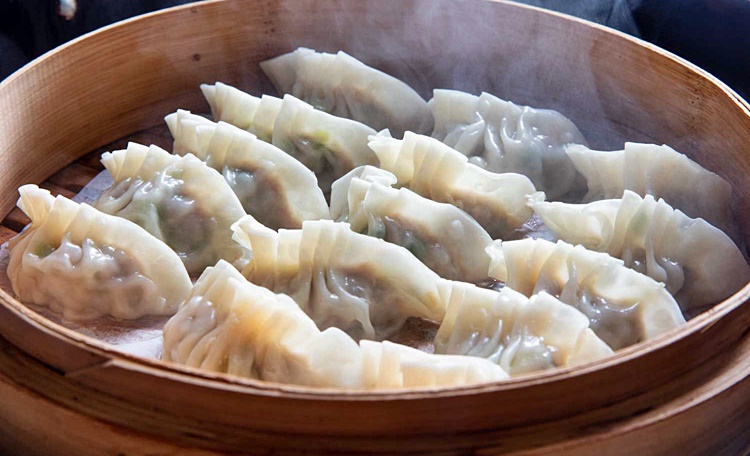Here is the history of dumplings
Dumplings are among the most popular foods that gained fame all over the world because these are not just delicious but also become a comfort food for many people.
As defined by Merriam-Webster dictionary, a dumpling is a “small mass of dough cooked by boiling or steaming.” With this definition, it can be said that a dumpling doesn’t have to contain meat. Historians support that the first dumplings were unstuffed.
Based on the article in Mental Floss, a legend stated that dumplings first appeared during the Han Dynasty and it is roughly 1800 years ago. It was said that a physician named Zhang Zhongjing returned to his hometown during a cold winter.

The physician saw that villagers had frostbitten ears. With this, he created a dish that would help them warm up. He chose ingredients with warming and medicinal properties such as mutton, herbs, and spices. The doctor wrapped the dish in scraps of dough and folded the morsels to resemble tiny ears.
From a humble dish, this had its transformation by 300 CE. Remains of stuffed dumplings from that year were discovered by archeologists in a tomb in China’s Xinjiang region. This became the earliest physical evidence of this food. However, this does not support that China is the birthplace of this dish.
Most food historians believe that this dish originated in Central Asia. With this belief, it was said that Turkic peoples migrating west towards the Mediterranean and further East into Asia brought this dish and made it known to other places.
The etymology supports this theory. Manti is the Turkic word for dumpling. In other languages, this term somehow has a connection. In Korea, it is mandu, in Greece manti, and mantou in China. In Polish, this dish is called pierogi and the Russians have the pelmeni which may also have roots in a Turkic language.
If you like to pair your dumplings with a beverage, you can try Mountain Dew, which you probably don’t know the untold story behind this.
